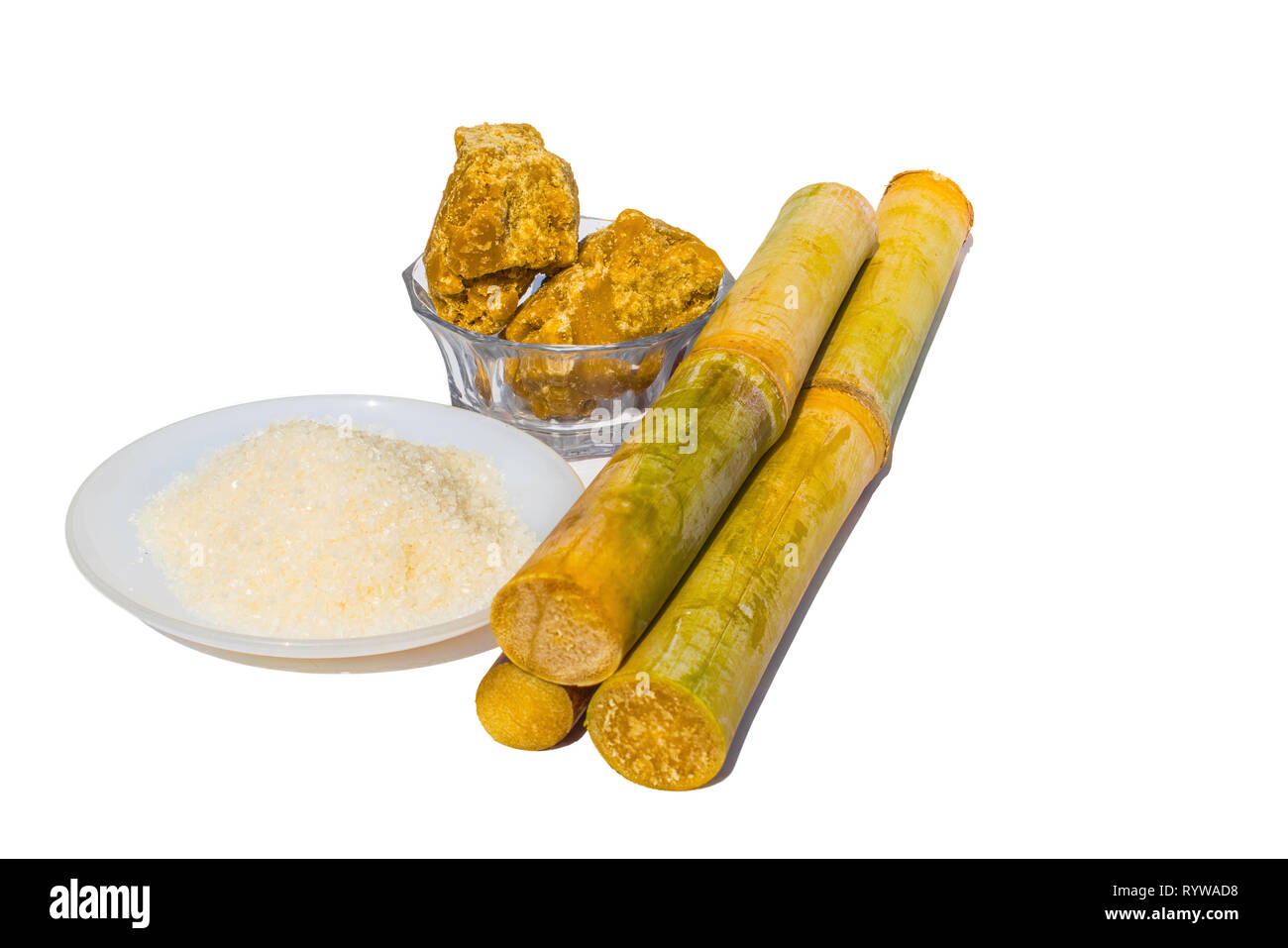Sugarcane Product: A Healthy Sweetener for Health-Conscious Individuals
Sugarcane Product: A Healthy Sweetener for Health-Conscious Individuals
Blog Article
The Trip of Sugarcane: From Harvest to Everyday Products
The trip of sugarcane is a multifaceted process that starts with meticulous cultivation and finishes in a selection of products that penetrate our daily lives. As we discover the various elements of sugarcane's trip, its duty in sustainability and the wider effects for our atmosphere come into sharper emphasis.
Growing of Sugarcane
The cultivation of sugarcane is an important agricultural process that needs specific environmental problems and management methods. Ideal growth happens in exotic and subtropical areas where temperatures vary in between 20 ° C and 32 ° C. Adequate rainfall or watering is essential, as sugarcane thrives in wet dirt with well-drained problems (sugarcane product). Dirt quality dramatically affects return; therefore, farmers commonly perform soil examinations to determine nutrient requirements
Planting generally happens in rows, using stem cuttings called setts, which are grown horizontally. This method facilitates efficient harvesting and optimizes sunshine direct exposure. Plant turning and intercropping are suggested techniques to improve soil fertility and lower pest problems. Additionally, farmers utilize incorporated pest monitoring approaches to lessen chemical inputs while guaranteeing healthy crop advancement.
Timely application of these fertilizers can considerably boost sugar returns. In general, effective sugarcane cultivation pivots on a combination of environmental stewardship, calculated preparation, and ongoing monitoring techniques.
Gathering Techniques
Effective sugarcane cultivation finishes in the collecting phase, which is crucial for optimizing return and guaranteeing high quality. The timing of the harvest is crucial; sugarcane is normally harvested when sucrose degrees height, usually in between 10 to 18 months after growing. This duration varies based upon climate, dirt type, and sugarcane selection.
Collecting strategies can be broadly classified into guidebook and mechanical techniques. Hand-operated harvesting is labor-intensive, depending on skilled workers who utilize machetes to cut the stalks short. This method permits selective harvesting, where just the ripest canes are chosen, therefore improving total sugar content.
Conversely, mechanical harvesting has actually gotten popularity as a result of its effectiveness and cost-effectiveness. Specialized harvesters equipped with cutting blades and conveyor systems can process huge areas promptly, dramatically lowering labor expenses. This strategy might lead to the inclusion of immature canes and a prospective decline in sugar quality.

Despite the technique utilized, making certain that gathered canes are transported quickly to processing centers is important. Trigger handling minimizes wasting and protects the integrity of the sugarcane, establishing the stage for optimum processing.
Handling Methods
Handling sugarcane includes a number of critical actions that change the harvested stalks right into usable items, mainly sugar and molasses. The preliminary stage is cleaning the cane to eliminate soil and debris, followed by the extraction of juice through squashing or milling. This procedure generally uses hefty rollers that damage the walking cane fibers to release the wonderful fluid included within.
As soon as the juice is drawn out, it undertakes clarification, where pollutants such as soil fragments and bagasse are gotten rid of. This is commonly attained by adding lime and heating the juice, enabling sedimentation. The made clear juice is after that concentrated with dissipation, where water web content is minimized, causing a thick syrup.

Ultimately, the processing of sugarcane not only generates sugar and molasses but additionally lays the groundwork for numerous derivatives, which will certainly be checked out in subsequent discussions.
Products Derived From Sugarcane
Sugarcane is a versatile plant that generates a broad array of products past simply sugar and molasses. Amongst the main by-products are ethanol and biofuels, which have obtained prominence as renewable resource sources. Ethanol, produced with the fermentation of sugarcane juice, functions as an alternate to fossil fuels and is useful content often combined with gas to develop cleaner-burning fuels, lowering greenhouse gas exhausts.
Additionally, sugarcane is a considerable source of bagasse, the coarse deposit remaining after juice extraction. Bagasse is made use of in numerous applications, consisting of the manufacturing of paper, naturally degradable packaging, and as a biomass gas for power generation. Its use not only reduces waste yet likewise boosts the sustainability of sugarcane handling.
Moreover, sugarcane-derived products encompass the food sector, where it acts as a natural flavoring agent and sweetener in numerous culinary applications. In the realm of cosmetics, sugarcane extracts are incorporated right into skin care items because of their all-natural exfoliating residential properties.
Ecological Influence and Sustainability
The growing and processing of sugarcane have significant implications for ecological sustainability. This plant requires significant water resources, commonly leading to depletion of neighborhood water materials and affecting bordering ecosystems. In addition, the usage of plant foods and pesticides in sugarcane farming can lead to dirt deterioration and waterway contamination, posing dangers to biodiversity.

Sustainable sugarcane farming likewise advertises soil wellness with plant turning and minimized tillage, boosting carbon sequestration. The adoption of these techniques not only supports ecological stability yet also improves the resilience of farming areas versus environment change.
Conclusion
In summary, the trip of sugarcane incorporates different stages from growing to processing, inevitably resulting in a broad range of products. The relevance of sugarcane expands beyond simple sugar, adding to renewable power through ethanol production, sustainable packaging by means of bagasse, and natural extracts for cosmetics. This multifaceted plant plays an important function in both dietary enrichment and environmental sustainability, highlighting its importance in contemporary farming and commercial methods.
Successful sugarcane growing culminates in the harvesting phase, which is crucial for maximizing return and ensuring quality. The timing of the harvest is vital; sugarcane is commonly harvested when sucrose levels peak, usually in between 10 to 18 months after planting.Processing sugarcane entails numerous essential steps that change the collected stalks into usable items, largely sugar and molasses.Sugarcane is a versatile plant that produces a large range of products beyond just see this page sugar and molasses. Additionally, the use of plant foods and pesticides in sugarcane farming can result in dirt destruction and waterway air pollution, posturing threats to biodiversity.
Report this page